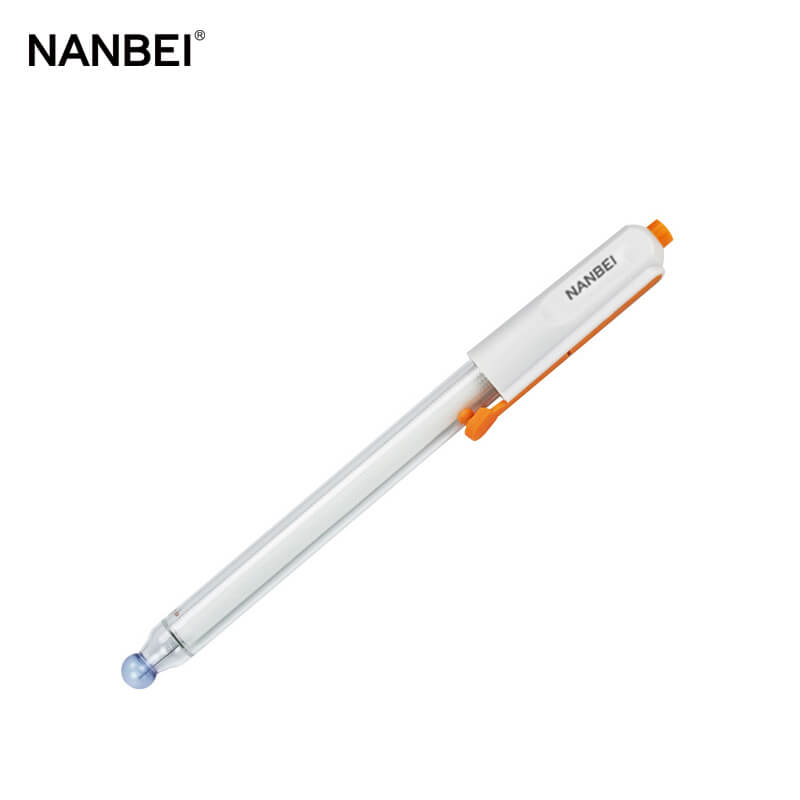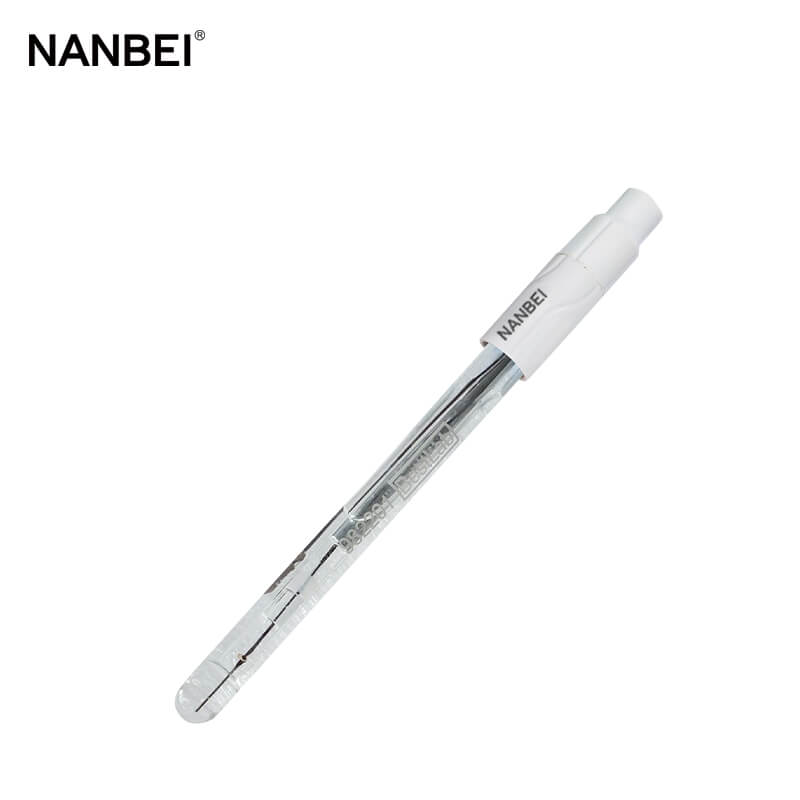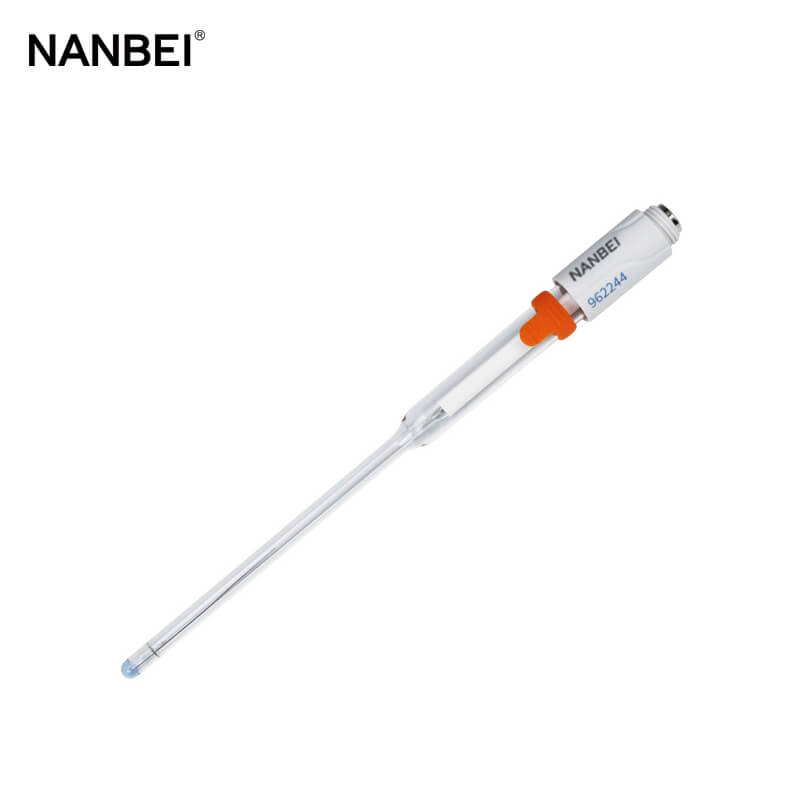- Email: nanbei2@nanbei-china.com
A pH meter is an instrument used to measure the pH value of a solution. It is a common analytical instrument widely used in fields such as agriculture, environmental protection and industry. A pH electrode, also known as a pH probe or a pH sensor, is a device used to measure the electrode potential on the part of the pH meter that is in contact with the substance to be measured.

After using the electrode for a period of time, if you find that the slope becomes lower and the response speed becomes slower, you can try the following methods:
1. If the measured sample contains protein, the electrode membrane can be cleaned with pepsin or hydrochloric acid washing solution.
2. If the measured sample is oily or organic liquid, it can be washed with ethanol.
3. If the junction part of the electrode is found to be dirty and black, it can be cleaned with cleaning solution.
4. Activate the electrode membrane, and the activation method is to soak it in electrode regeneration solution for 30 seconds, then soak it in 3mol/L KCl solution for 5 hours.

The service life of the pH electrode is related to the nature of the measured sample, the temperature of the sample, the frequency of use and the maintenance. Under normal use and proper maintenance, the service life of the pH electrode is 1 to 2 years. It is recommended that the electrodes be calibrated once a day, at most no more than once a week. When replacing the electrode or not using it for a long time, it must be calibrated before use.
